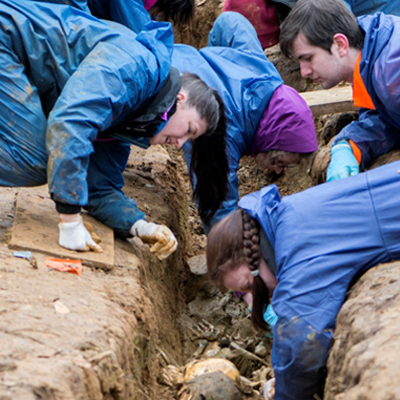The last step of a digital forensic process is usually communicating to clients the results of the observation, examination, and analysis of digital traces. Proper communication needs to address various criteria to prevent uncertainties, avoid misinterpretation, and support the client's decision-making process. Digital forensic practitioners frequently work with professionals from other fields, such as lawyers, law enforcement, and corporate executives. Being able to translate technical findings into layman's terms is essential for effective collaboration.
Clear communication is crucial as stakeholders often rely on forensic evidence for critical decisions. Practitioners will understand the risks of mishandled communication and develop a toolbox for accurately conveying information, including uncertainties and opinions. The course covers legal compliance, accuracy, and clarity to maintain professional credibility. By the end, participants will be able to evaluate their communications and identify areas needing improvement, ensuring they can effectively present digital forensic findings.
This two-day, in-person course provides digital forensic practitioners with an introduction to the knowledge and skills needed to effectively communicate digital forensic evidence. Attendees will engage in lectures, group discussions, and practical exercises covering:
- Analyzing the impact of poor communication in past digital forensic cases, identifying key failures and their implications for legal proceedings and stakeholder trust,
- Discussing current regulations and practices in communicating digital forensic science’s results, and contrasting them with real-world scenarios to assess their effectiveness and relevance,
- Understanding reasoning under uncertainty by differentiating between frequentist and subjectivist approaches and understanding the capabilities of existing tools to present results effectively in digital forensic contexts,
- Creating and evaluating hypotheses, considering various hypotheses, and addressing issues related to causal links and inference processes,
- Understanding Bayes' Theorem, including its applications and limitations in digital forensic science, the use of subjective probabilities, and issues such as the inverse conditional fallacy.
These learning outcomes aim to develop critical thinking, practical application, and evaluative skills for effectively communicating digital forensic evidence.
At a glance
-
- Dates
-
- Please enquire for course dates
- Duration2 days
- LocationCranfield campus
- Cost£840
Who should attend
Digital forensic practitioners that need to communicate their results to a variety of stakeholders.Speakers
Location and travel
Situated close to Milton Keynes and Bedford, the Cranfield campus is situated in Wharley End, very close to Cranfield village, and is about 10 minutes from the M1 motorway. There is rail and road access to most major airports as well as coach and train stations. Cranfield campus also has its own airport for private executive business travel.
Download a visitor guide including map, directions and health and safety information.
Campus address
College Road
Cranfield
Bedfordshire
MK43 0AL
How to apply
To apply for this course please use the online application form.
Read our Professional development (CPD) booking conditions.

